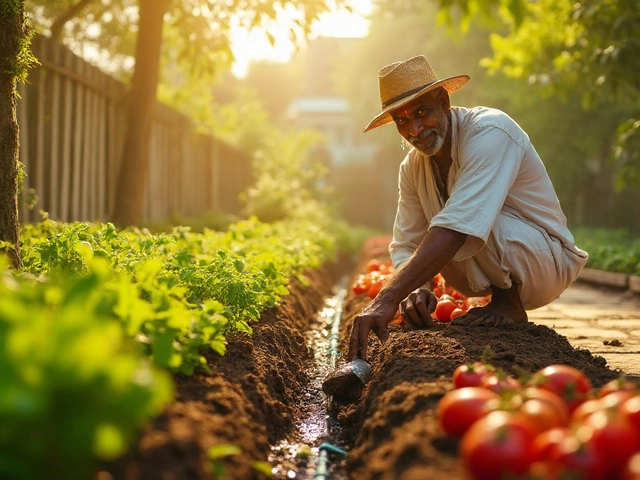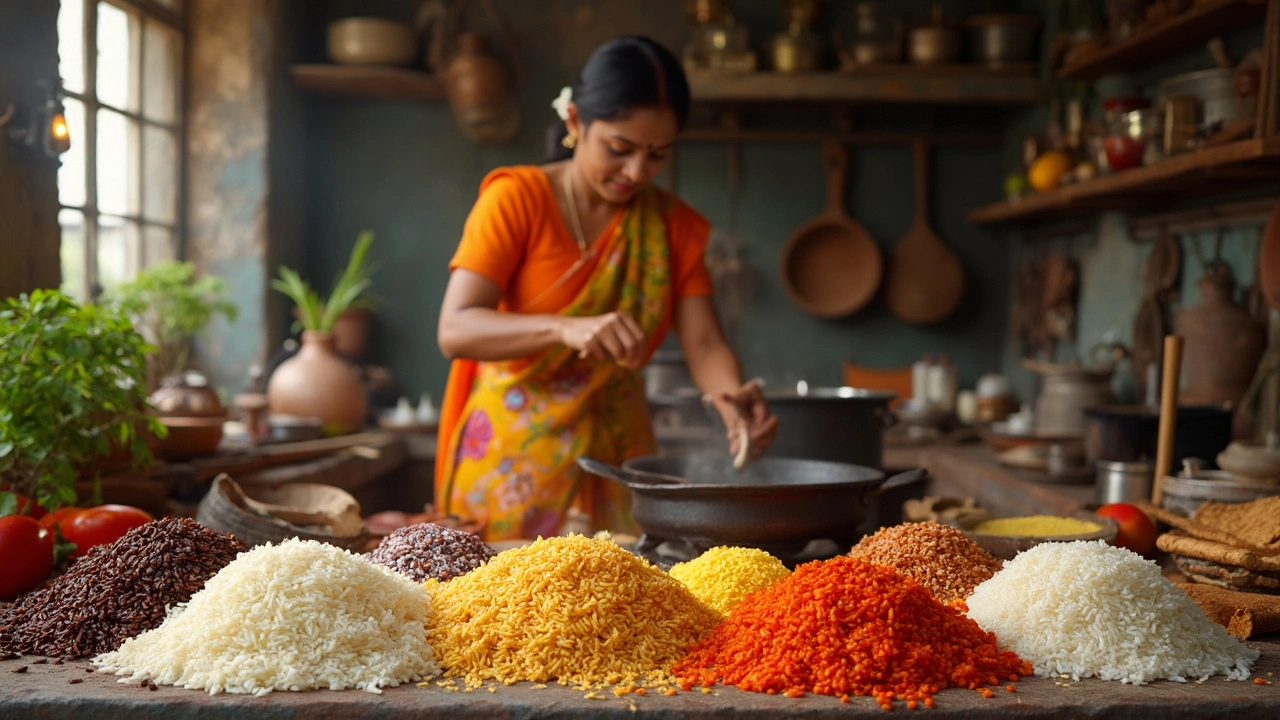White Rice: Growing, Cooking, and Business Tips
White rice feeds millions in India, and many of us grow it in back‑yards or small fields. Whether you’re after a bigger harvest, want to avoid common pitfalls, or just need the perfect fluffy bowl, this guide gives you the straight‑forward info you need.
Growing White Rice: Soil, Water, and Yield
The first thing to check is the soil. A loamy, water‑retentive soil works best – think of the rich, dark earth you find in paddy fields. If your garden soil is heavy, mix in sand and compost to improve drainage and aeration. This matches the advice in our "Best Soil for Rice Cultivation" article.
Water is the next big factor. Rice likes a steady shallow flood for most of its growth stage. In small plots, you can mimic this with a drip‑irrigation system buried about 2–3 inches deep – deep enough to protect the tubing and shallow enough for easy maintenance. Proper depth saves water and reduces the chance of line damage.
When you sow, space the seedlings about 6 inches apart in rows 12 inches apart. This spacing gives each plant room to spread roots and leaves, boosting the number of grains per stalk. A healthy plant can produce anywhere from 80 to 120 grains, and with good management you’ll see a yield of about 2 kg per square meter.
Watch out for the risks that can bite your harvest. Sudden weather shifts, pest attacks, or price swings can hurt profits. Our "Risks of Rice Business" piece lists practical steps: use resistant varieties, keep a buffer stock of fertilizer, and stay informed about market trends.
Cooking and Storing White Rice at Home
Cooking a perfect cup of rice starts with the right water ratio. For most Indian varieties, use 1 part rice to 1.5‑2 parts water. Rinse the rice three times before cooking to remove excess starch; this prevents gummy grains.
One cup of dry rice typically yields about 3 cups of cooked rice, enough for a family of four. To keep rice fluffy, let it rest covered for 10 minutes after the heat is off. This short steam helps the grains settle without sticking.
Store leftover rice in an airtight container in the fridge for up to three days. If you want to stretch it further, turn it into fried rice, rice pudding, or even rice‑based crackers. Using every part of the grain reduces waste and adds variety to your meals.
By following these growing and cooking tips, you can enjoy a healthier garden and a tastier table. Got a question about rice varieties or irrigation? Drop a comment below – we love helping fellow growers succeed.
Why White Rice Might Spike Your Cholesterol Levels
Delving into the relationship between white rice consumption and cholesterol levels, this article uncovers how the refining process affects nutritional value. Learn about healthier alternatives and practical tips for making better dietary choices. Discover the impact of different cooking methods on health and explore the cultivation practices that influence rice's nutritional profile.
About
Rice Cultivation
Latest Posts


Tips to Firm Up Loose Garden Soil: Expert Techniques
By Alden Thorne Dec 9, 2024

Flower Blooming Seasons in India: Best Months for a Colorful Garden
By Alden Thorne Jul 13, 2025

Hardest Flower to Grow: Top Challenge for Indian Gardeners
By Alden Thorne Jun 5, 2025

